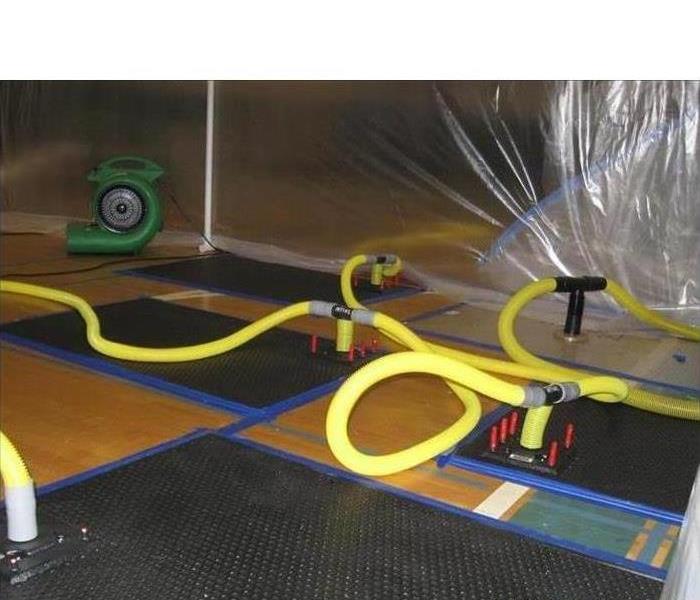Storm Damage: Cleaning Up After the Flood
3/4/2020 (Permalink)
Storm Damage: Cleaning Up After the Flood
The hardest part of flood damage restoration is sorting the salvageable things from those that will end up in a landfill. You might have to throw away expensive or sentimental stuff, and that can feel like a waste of money. However, your health and safety depend on the decisions you make at this point.
Here are some of the things you should look out for when content cleaning in Silverthorne, CO:
- Utilities
- Electronics, furniture, and carpets
- Walls and floors
Disconnect Utility Lines
Shut off the power and gas supply as the first thing you do after arriving on site. Still, do not assume the power is off just because you flipped a switch in the circuit breaker box. It is safer to double-check the current using a non-contact voltmeter before doing anything else. If in doubt, call a qualified electrician and have them disconnect the power.
Electronics, Furniture, and Carpets
At this point, you are ready to start content cleaning. Remove everything from the building, including furniture, electronics, and carpets for individual attention and water removal. Then have an electrician attempt to save your most valuable equipment.
You can hose down all non-porous materials such as metals and get away with it, but you might have to throw away any upholstered furniture. Walls and Floors
Sometimes, water might seep through the walls and floors, causing rot, mold and insect infestation. For this reason, it is important to have a restoration company check out the entire building for signs of structural and black water damage. Any issues should be addressed immediately to prevent degradation or something worse.
Content cleaning after a flood can be time-consuming and expensive, but it’s nothing compared to the health and financial implications of not doing it correctly. The general idea is to save as much non-porous stuff as you possibly can, and have all porous things cleaned by an expert.






 24/7 Emergency Service
24/7 Emergency Service
